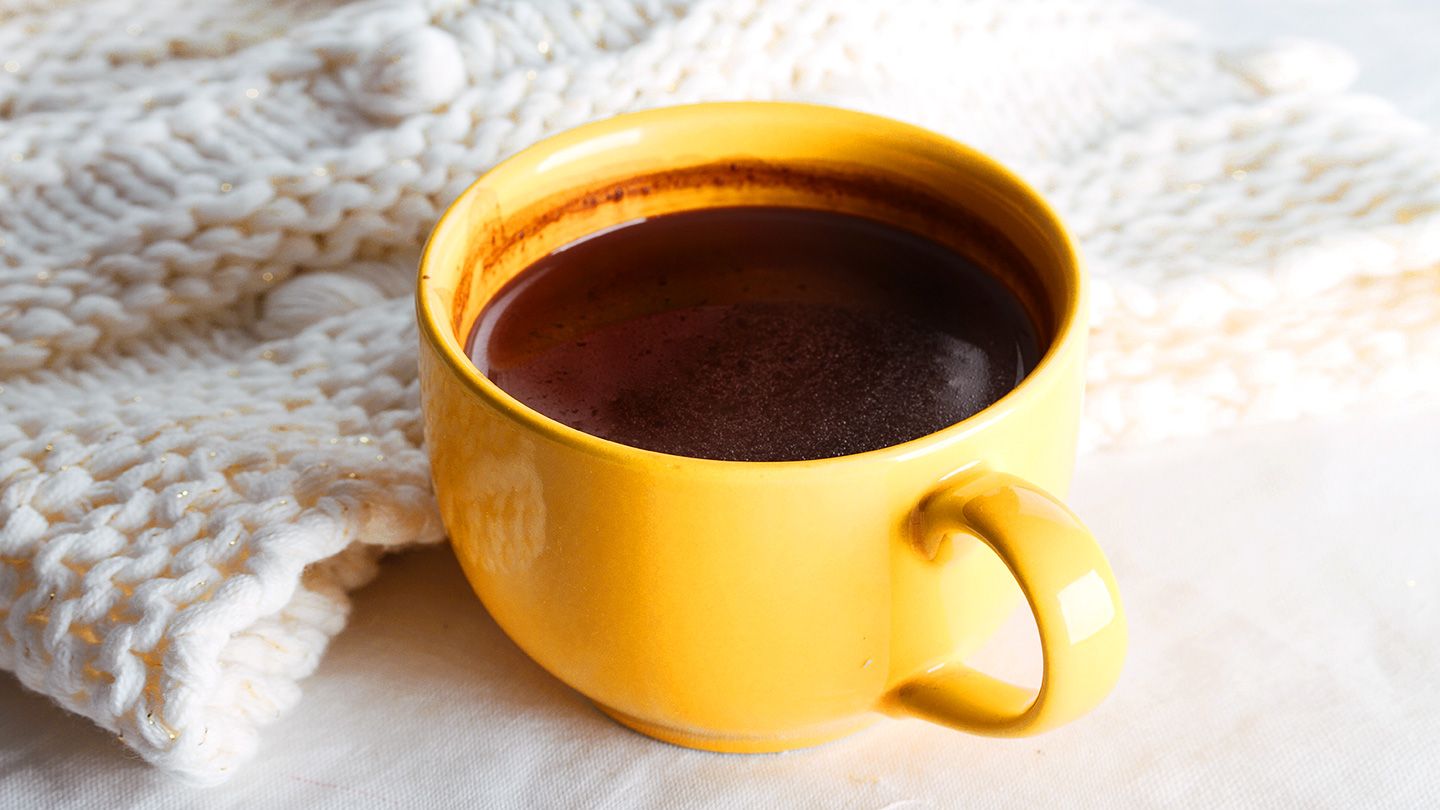If you can’t find a dark drinking chocolate brand that has the essential no-alkali credentials, not to worry. It’s not terribly complicated to concoct your own dark chocolate drink right at home. The basic technique is to melt dark chocolate bars and add water, cow’s milk, or plant-based milks, such as oat or almond milk, to taste. “A double boiler will help you not burn it, which affects the flavor,” Sandon says.
If you don’t have the time or equipment for melting with a double boiler, it’s also possible to turn inflammation-fighting dark chocolate into liquid in the microwave. The trick is to melt it slowly. “Start by melting the chocolate at 30-second intervals,” Sandon says. “Stir it, and then add a little more time so you don’t burn it.”
As far as what liquid you add to it to finish it off for a delicious mug, Sandon says that’s a matter of personal preference. “I don’t think that using plant-based milks or creamers makes much of a difference in how healthy it is,” she says. Sandon notes that many plant-based milks don’t have the healthy protein, calcium, and vitamin D that cow’s milk has. Though soy milk has a similar nutrient content.
Read the full article here




